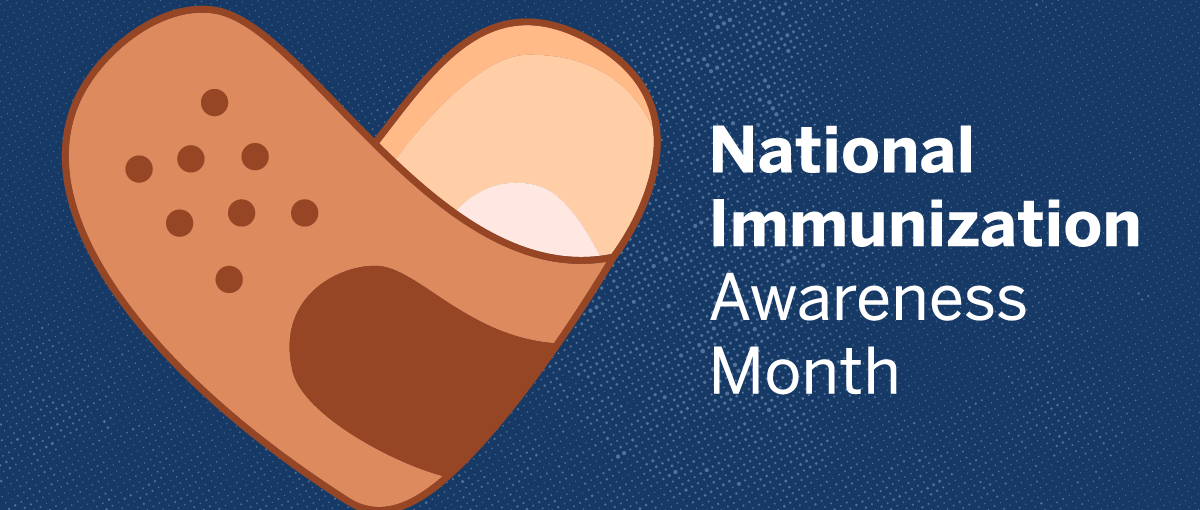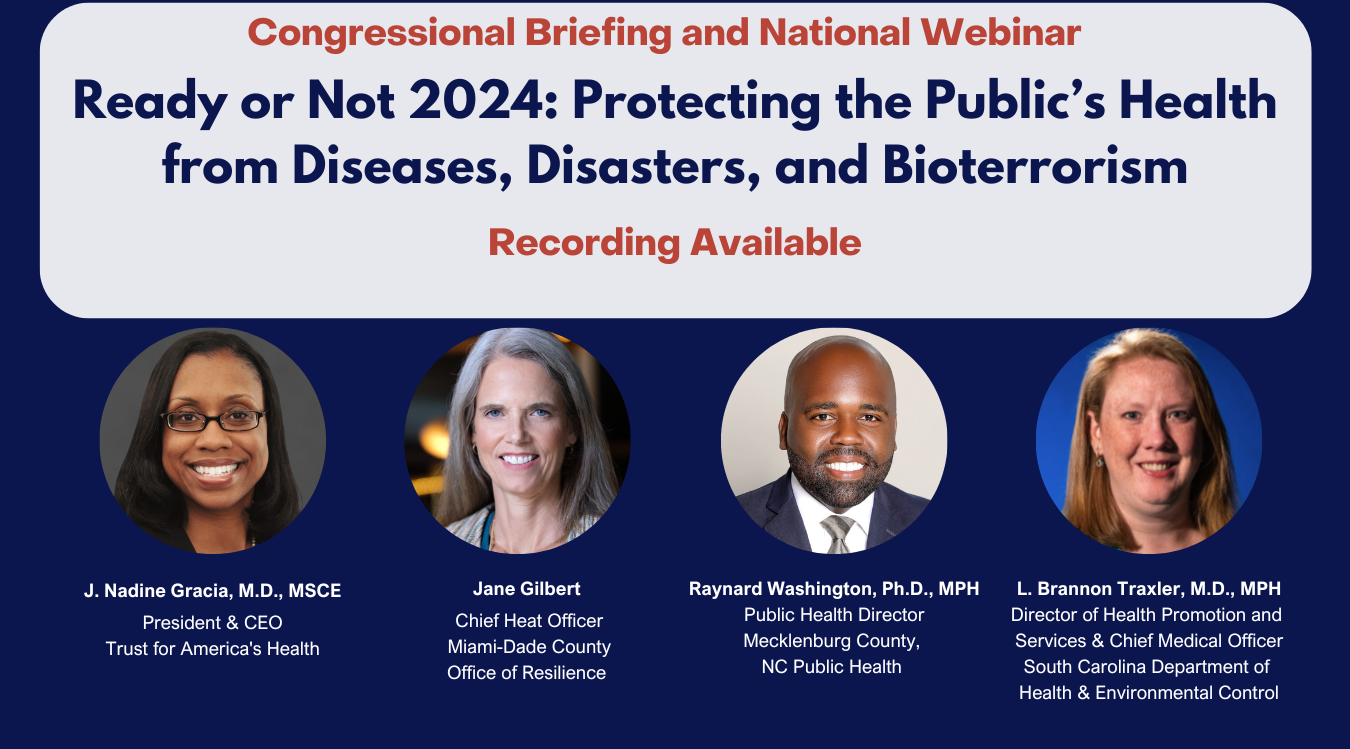(Washington, DC – April 4, 2025) – Trust for America’s Health, a nonpartisan, nonprofit public health policy, research, and advocacy organization, is deeply concerned about the announced reorganization of federal health agencies and the broad and immediate impact of reductions in force across the U.S. Department of Health and Human Services (HHS). The impact of these actions will be heightened by the Administration’s decision to pull back public health funding already at work in states and local communities at a time when the country is experiencing infectious disease outbreaks, including measles cases in 20 jurisdictions and bird flu, rising rates of chronic disease, and devastating hurricanes, tornadoes, and wildfires.
Our serious concern is that these actions will negatively impact Americans’ health. Health that is now at greater risk due to what will be slower and less effective responses to disease outbreaks and environmental disasters, and fewer programs to surge public health and healthcare capacity in response to emergencies, ensure vaccine access, support mental health and prevent drug overdose, safeguard the food supply, and address the nation’s chronic disease crisis.
The federal government plays a critical role in securing the nation’s health through the work and expertise of numerous HHS agencies affected by these changes, such as the Centers for Disease Control and Prevention (CDC), the Food and Drug Administration (FDA), the National Institutes of Health (NIH), the Administration for Strategic Preparedness and Response (ASPR), the Substance Abuse and Mental Health Services Administration (SAMHSA), and the Office of the Assistant Secretary for Health (OASH). It also includes offices and institutes dedicated to addressing health disparities, such as my former office, the HHS Office of Minority Health whose statutory mission is to provide national leadership, resources, and coordination to improve the health of racial and ethnic minority populations and to eliminate health disparities.
Congress has long indicated its intent for federal agencies to undertake activities to protect and advance the nation’s health through authorizing and appropriations legislation. Fundamental changes impacting the Department’s ability to execute activities and programs directed by Congress should be made through a deliberate process involving Congress.
CDC’s comprehensive mission and expertise save lives. Congress has directed CDC to work on infectious and non-infectious diseases and conditions through authorizing legislation and appropriations bills. As an example, the bipartisan PREVENT Pandemics Act (P.L. 117-328) defined the obligations of the CDC Director to be “investigation, detection, identification, prevention, or control of diseases or conditions to preserve and improve public health domestically and globally and address injuries and occupational and environmental hazards.” The reported loss of CDC’s staff expertise to prevent chronic disease, birth defects, injuries, environmental hazards, and other leading causes of death and disability will directly impact the ability of the Department to carry out these important activities.
Furthermore, about 80 percent of CDC’s domestic budget goes directly to states, localities, tribal organizations, community and faith-based organizations, universities, healthcare systems, and other partners. When emergencies happen, the expertise of CDC staff and the funding and technical assistance CDC provides to state and local health departments are critical to waging an effective response. That was the case when Hurricane Helene hit North Carolina and Tennessee, during the East Palestine, Ohio train derailment, and the Los Angeles area wildfires. Cuts to CDC make every community more vulnerable to health threats and would be particularly detrimental to local public health infrastructure in rural communities and other underserved areas.
Dozens of states have estimated their funding losses based on the announced claw-back of pandemic era funding, funding intended to help states not only protect against COVID-19 infections but also build their disease detection infrastructure to protect residents during future health emergencies. The abrupt cancellation of these funds is impacting critical on-the-ground health protection activities, including bird flu testing, measles vaccinations, the electronic data systems that make the sharing of information between healthcare facilities and public health agencies more timely and efficient, public health laboratory modernization, bioterrorism preparedness, and programs to support mental health and prevent suicide and substance misuse. These cuts won’t only be felt in Washington, DC, or Atlanta—the Texas Department of State Health Services is losing nearly $877 million in funding, including staff and laboratories that are critical to its measles response. The Arkansas Department of Health, Human Services, and Education reports that it lost over $179 million in federal funding. Colorado reports losing more than $230 million, Illinois reports losing more than $400 million, Michigan reports losing more than $390 million, and Minnesota will lose approximately $200 million.
TFAH is dedicated to improving the nation’s health. The Administration’s goal of lowering rates of chronic disease in the U.S. is an important one. We want to work with the Administration and Congress on implementing evidence-based solutions to preventing and addressing chronic disease and other health challenges facing the country, as outlined in our Blueprint for Strengthening Public Health for the New Administration and Congress report. Our immediate appeal to federal policymakers, including Secretary Kennedy, is to not dismantle the nation’s health promotion infrastructure without careful review and input from Congress and health experts on how to make systems more effective and efficient while also adhering to the foundational ethos of medicine: first, do no harm.
Trust for America’s Health is a nonprofit, nonpartisan public health policy, research, and advocacy organization that promotes optimal health for every person and community and makes the prevention of illness and injury a national priority.






